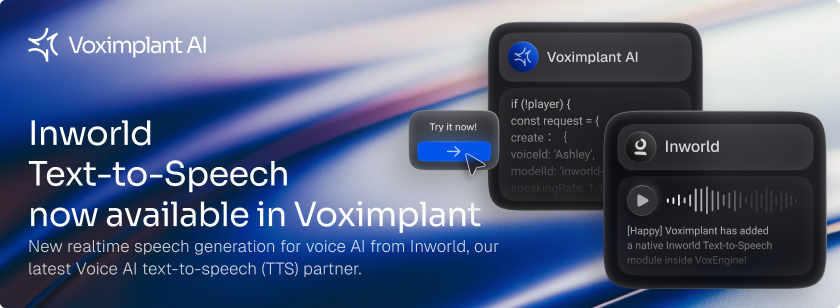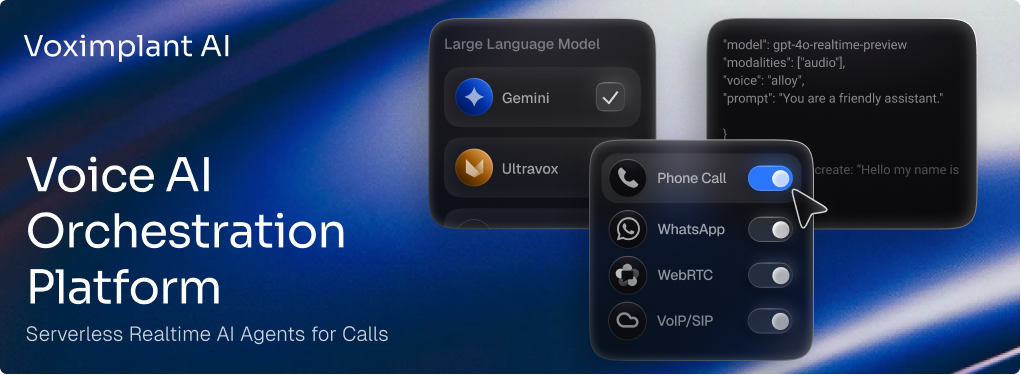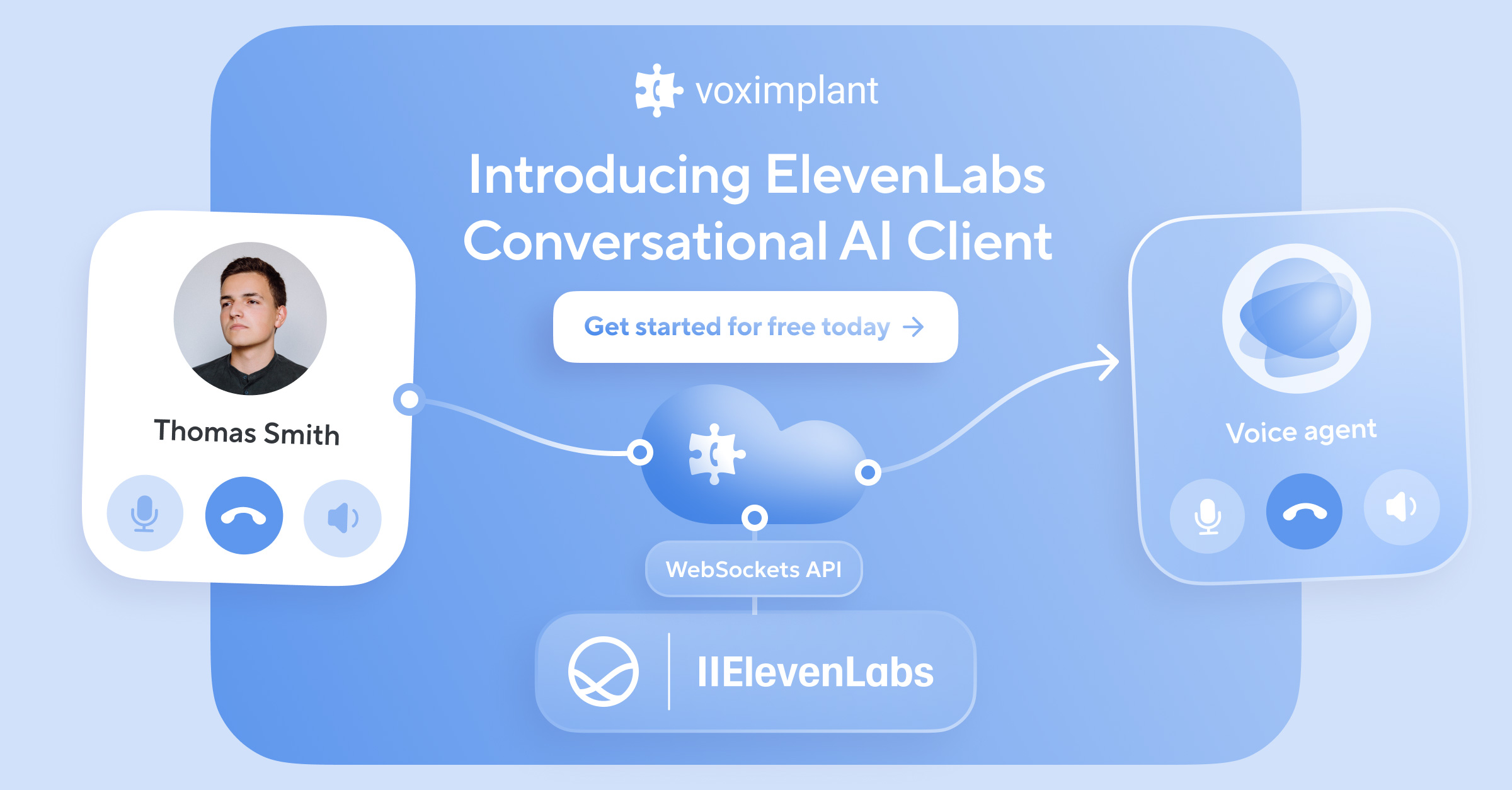To deliver customers text alerts, businesses use communications channels such as SMS and push notifications. In this article, we explain how to use text alerts.
Texting is becoming an increasingly preferred method of communication. A recent ISE survey shows that almost two-thirds of US consumers prefer companies that offer text messaging as a communication channel.
When it comes to text alerts, businesses mostly prefer SMS and push notifications. Compared to emails, SMS and pushes have higher open rates. One study revealed that open rates of text messages are about 95%, while emails have 27%.
SMS and pushes work best for instant notifications. In contrast to emails, you can be sure that your text alert is seen in time.
All About SMS
Short Message Service, or SMS, is a marketing channel that businesses use to deliver text alerts to customer mobile devices.
SMS service is pre-installed on every subscribed mobile device by default. It takes 7 seconds on average to send an SMS.
SMS works independently of the mobile data network, so often users can receive text messages even when they do not have an Internet connection.
The problem appears when a company needs to send SMS in bulk. SMS carriers can block messages since each country has its rules for mass text messaging campaigns to prevent SPAM. But there is a way to comply with regulations – the A2P service.
A2P for High-Throughput Messaging
A2P, or application-to-person, services allow businesses to send bulk messages to customers without the risk of being blocked by SMS carriers. Rather than sending text alerts individually, A2P uses automated computer-based services.
Voximplant provides customers with an A2P API that can send up to 20 text messages per second. High-volume throughput makes A2P ideal for sending out:
- Marketing and promotions
- Mass notifications
- 2FA passwords
- Surveys
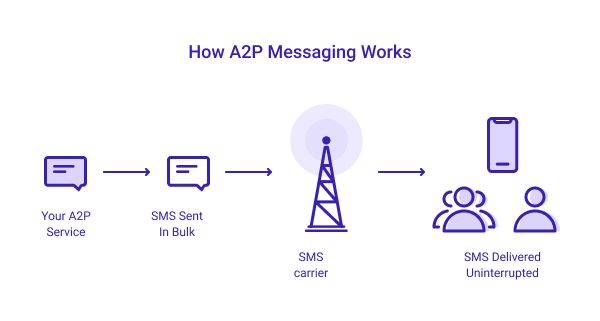
SMS carriers make it possible to send A2P messages only to verified users. As a result, Voximplant A2P SMS API must be enabled by our support team on request.
In addition, Voximiplant’s A2P introduces short codes and alphanumeric sender options. Read a blog post about short codes here.
All About Push Notifications
In recent years, push notifications, or pushes, have gained popularity among marketers. Unlike SMS, iOS pushes require a user to install the software. Android users can receive web pushes as well.
Pushes act as pop-up ads at the top of a mobile phone or website screen. To receive pushes, users have to opt-in them manually on their mobile device when using an app or website for the first time. This means that users are ready for pushes. They will keep this feature enabled unless you start sending useless SPAM.
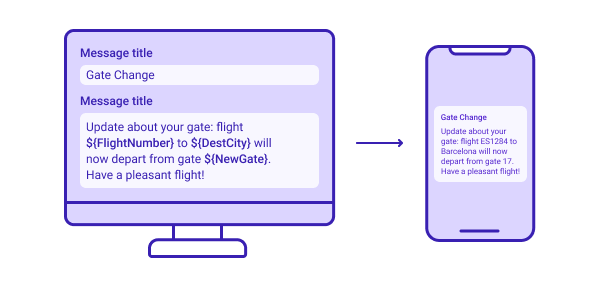
With pushes, you can provide customers with important information while using your service. A user can see your text alert wherever his phone is locked, or when an app is not running. You can use pushes to provide:
- Order, shipping or payment notifications
- Offer deals and promotions
Voximplant has push service integrated with Apple Push Notification System (APNS) and Firebase Cloud Messaging (FCM).
| SMS | Pushes | |
| Character limits* | 160 | iOS: 178, Android: 305 |
| Interaction** | Two-way | One-way |
| Visual elements | Only on RCS-enabled devices | Yes |
| Links | Yes | Yes |
| Open rates** | 90-95% | 90% |
| Opt-out rates** | 60% | 40% |
Text Alerts Best Practices
With both SMS and push notifications, you can better engage with customers. Here are some common tips on how to use text alerts properly.
- Get permission. Before sending text messages, you have to obtain permissions to contact customers first. Avoiding this rule can damage your brand and result in expenses for legal services
- Choose timing. Both SMS and pushes aim to inspire instant action from customers. Take into account the time zones of your targeted audience. Send text alerts before, after work or during lunchtime
- Personalize messages. Target your SMS and pushes to ensure you’re not flooding with unexpected messages. Use the subscriber's first name and make text alerts based on previous interactions. Don’t send messages with no value for customers
- Make messages simple. Keep your text alerts simple and clear. If you deliver complicated messages, you run the risk that recipients will opt out of a customer contact list
- Integrate communications. While designing SMS and push campaigns, add information from your CRM, ERP and other business systems. Bring context across all your communication channels
- Track and measure results. With the right tools, you can understand campaigns’ ROI, identify trouble areas and improve the customer experience. Track click-through, open, opt-out and conversion rates to optimize campaigns
- Choose a text alert service. Consider platforms that can maintain all your communication channels. It speeds up the time to market, reduces operational costs and eliminates the need for training
How to Start with Voximplant
With Voximplant’s programmable messaging, you can set up both SMS and push notifications and provide customers with an omnichannel experience.
- Create an account. Register on the Voximplant platform and create a free developer account
- Buy a phone number. Most Voximplant phone numbers support SMS but you can check the article ‘How to choose a suitable number’ to be 100% sure
- Enable the functionality. Before sending and receiving SMS, enable messaging as explained here
If you face any problems or need assistance, please contact our technical support.



